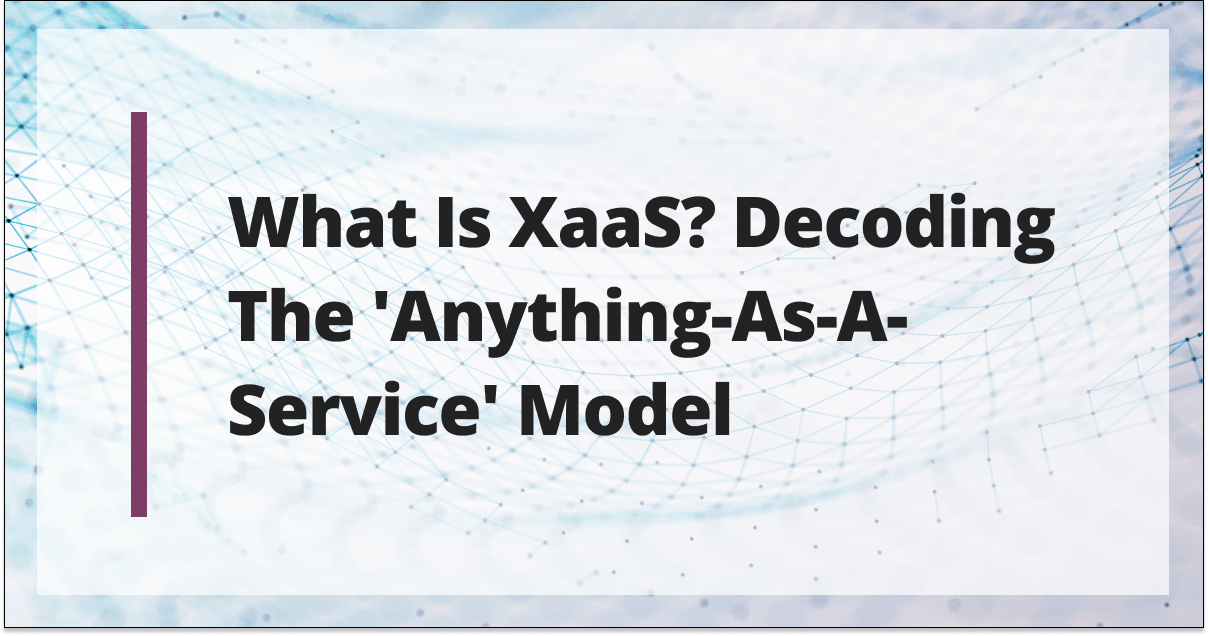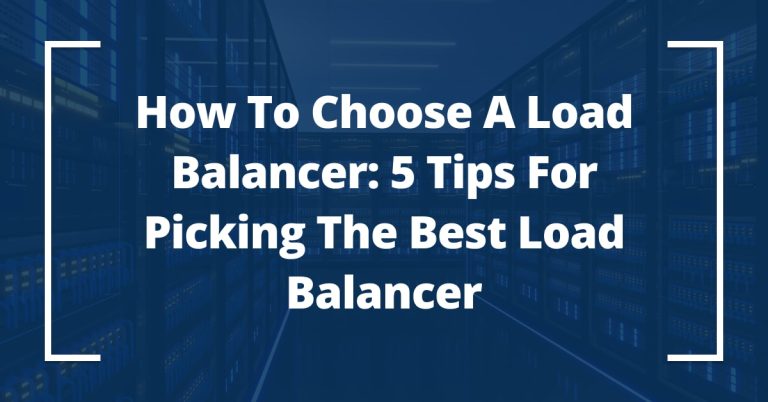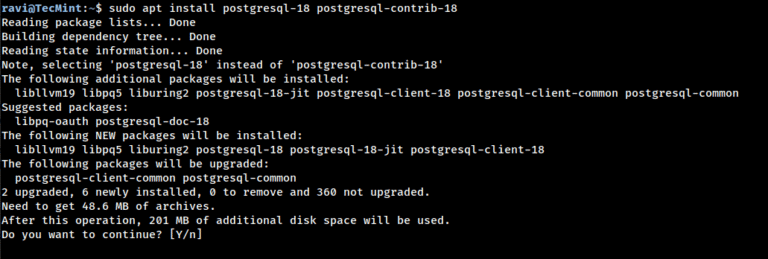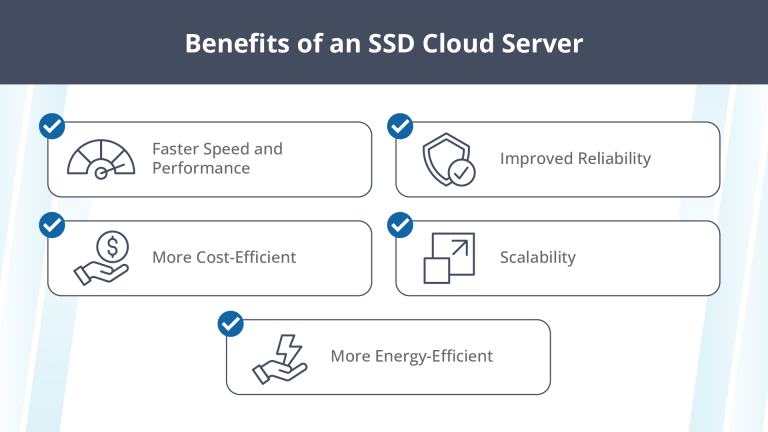
In an era marked by the relentless pace of technological evolution, innovative cloud paradigms continually reshape how we perceive and engage with technology and software services.
Among these transformative cloud concepts, one stands out prominently: XaaS (aka Anything-as-a-Service). It’s more than just a buzzword – it encapsulates a fundamental shift in the way we conceptualize service delivery through the omnipresent cloud infrastructure.
The XaaS model empowers businesses to recalibrate their operations swiftly in the face of the volatility and unpredictability of the market without the hindrance of traditional infrastructural bottlenecks.
This comprehensive article will unravel the layers of XaaS by exploring its basics, benefits, challenges, and future trends. Let’s uncover how XaaS converges innovation and ingenuity to redefine service delivery and help streamline IT management.
Key points
- XaaS (Anything-as-a-Service) refers to the digital delivery of any product, tool, or technology, typically via cloud computing.
- There are several benefits and potential drawback to XaaS like improved cost efficiency and flexibility as well as possible security concerns and performance issues that should be considered before adopting XaaS.
- Common types of XaaS include SaaS (Software-as-a-Service), PaaS (Platform-as-a-Service), and IaaS (Infrastructure-as-a-Service).
- Successfully transitioning to XaaS requires consideration of several key factors like assessing compatibility, evaluating cost-effectiveness, choosing the right XaaS provider, managing data security and privacy, and integrating XaaS with other business processes.
- XaaS is expected to to grow significantly in the coming years as it evolves to meet changing needs and influence emerging technologies.
Decoding XaaS: An introduction
Remember the days when you had to physically purchase software CDs or install applications from floppy disks? This process wasn’t just about obtaining the software; it was about possessing a physical product you could touch and see.
Well, those days have become relics of the past. The shift from the physical to the digital has revolutionized the concept of services.
Enter XaaS (pronounced “zass”). Largely due to the rise of cloud computing, anything as a service delivers products or functionalities over the internet to businesses and developers.
With XaaS, individuals and businesses can opt for subscription-based models that emphasize the value and utility that a service provides rather than the physical possession of a product.
Benefits and challenges of adopting XaaS
XaaS has gained immense popularity for a plethora of reasons, including:
- Cost efficiency: The transition to XaaS enables businesses to move away from hefty upfront investments and capital expenditures. Instead, they can opt for a pay-as-you-go model, allowing resources to be allocated more efficiently. This not only reduces financial strain but also promotes optimal resource utilization.
- Scalability and flexibility: XaaS allows businesses to scale their operations up or down swiftly, depending on demand. This newfound flexibility is particularly beneficial for startups and enterprises dealing with fluctuating workloads. This ensures that no opportunity will be missed due to infrastructure limitations.
- Faster time-to-market: Traditional software development and deployment can be time-consuming. XaaS expedites this process, providing ready-to-use solutions that can be integrated and deployed quickly.
- Enhanced collaboration: Anything as a service facilitates seamless collaboration by providing a shared platform accessible from anywhere. This eliminates geographical constraints and enables teams to work together in real time.
- Automated updates and maintenance: XaaS ensures that businesses always have access to the latest features and security patches without the need for manual intervention. The burden of software updates and maintenance is shifted to the service provider.
While the advantages of adopting XaaS are undeniable, it’s crucial to navigate the following challenges that come with this transformative shift:
- Security and privacy concerns: Entrusting critical data and operations to third-party providers raises security and privacy concerns. Organizations need to carefully evaluate service providers’ security measures and compliance with relevant regulations to mitigate risks.
- Vendor lock-in: While the flexibility of XaaS is celebrated, there is a risk of vendor lock-in. Migrating from one service provider to another can be complex and expensive, potentially limiting a business’s future options.
- Data transfer and latency: Dependence on the cloud means that data transfer speeds and latency can impact performance. Businesses operating in regions with inadequate internet infrastructure might face challenges in delivering a seamless user experience.
- Integration complexity: Integrating XaaS solutions into existing IT landscapes can be intricate. Ensuring compatibility, smooth data migration, and a cohesive user experience requires careful planning and skilled IT personnel.
- Cost predictability: Unexpected usage spikes can lead to unforeseen expenses. That’s why monitoring usage patterns and understanding pricing models is vital to avoid budgetary surprises.
Implementing different XaaS models can be complex, requiring a solid understanding of the business’s needs and the available service offerings. Yet, despite these challenges, the benefits of XaaS often outweigh the potential downsides. This makes it an attractive option for many businesses.
Exploring major XaaS models: SaaS, PaaS, IaaS
The “X” in XaaS is a variable that can represent various types of services. The most common types of XaaS include:
Software-as-a-Service (SaaS)
This is perhaps the most familiar form of XaaS. Think of SaaS as your virtual software store. You can access and use applications directly from your web browser like:
- Word processors (Microsoft 360).
- Project management tools (Atlassian or Google Workspace).
- Graphic design software (Adobe Creative Cloud).
SaaS is ideal for businesses looking for out-of-the-box software solutions with minimal setup. It dramatically reduces the need for extensive hardware and software management and individual installation, saving businesses time and resources.
However, a potential downside of SaaS is the lack of control over the software’s configuration and the reliance on the provider for specific features or integrations.
Platform-as-a-Service (PaaS)
PaaS provides a platform and environment for developers to build, deploy, and manage applications without getting bogged down by the complexities of infrastructure.
Using a PaaS solution is like having a fully equipped workshop where developers can focus on crafting their code. The most popular examples of PaaS are Microsoft Azure, Heroku, and Amazon Web Services (AWS) Elastic Beanstalk.
Infrastructure-as-a-Service (IaaS)
IaaS takes care of the hardware aspect, such as physical computing resources, location, data partitioning, scaling, security, backup, etc.
Need servers, storage, or networking resources? With IaaS solutions like Liquid Web, you can rent the infrastructure and quickly scale up or down based on demand. This way, you are paying only for what is being used.
Unlike the preset environments of SaaS and PaaS, IaaS offers more flexibility, making it perfect for specialized demands. It provides businesses with the highest level of flexibility and management control over their IT resources and is most similar to existing IT resources that many enterprises have in their data centers.
Key considerations for transitioning to XaaS
As businesses look to stay competitive and adapt to changing customer preferences, transitioning to XaaS is becoming strategically imperative. This transition empowers companies to focus on their core competencies while leveraging expert third-party providers for specialized services.
However, a successful transition to XaaS requires careful planning and consideration of the following key factors:
- Assessing compatibility: Before making the leap, it’s crucial to assess the compatibility of the XaaS solutions you are considering with your existing systems. This also includes assessing whether the new solutions will integrate seamlessly with your business processes and meet your operational requirements or not.
- Evaluating cost-effectiveness: While XaaS can offer significant cost savings, it’s important to evaluate the upfront costs, ongoing expenses, the potential for cost savings over time, and the return on investment.
- Choosing the right XaaS provider: Not all XaaS providers are created equal. Look for a provider that offers high-quality, reliable services and has a strong track record of customer satisfaction (e.g., Liquid Web). Consider factors such as the provider’s reputation, the level of support offered, and whether their solutions meet your specific needs.
- Managing data security and privacy: Data security and privacy are critical considerations when moving to an XaaS model. Ensure that any provider you choose follows best practices for data security, complies with relevant regulations, and can provide robust protections for your data.
- Integrating XaaS with other business processes: Keep in mind how your chosen XaaS solution will integrate with your other business processes. This encompasses anything from affecting your workflow to integrating with other software and systems you use.
Adopting XaaS typically requires some technical expertise to effectively integrate and manage the services within existing workflows. Transitioning without the right level of technical knowledge can lead to risks such as poor integration, increased costs, security vulnerabilities, and poor utilization of the service.
This is where Liquid Web comes in. As a provider of hassle-free, fully managed services, Liquid Web can help ease the transition to XaaS. Liquid Web offers compliant solutions, migration assistance, and transparent pricing, taking the complexity out of the equation.
In particular, Liquid Web’s private cloud powered by VMware offers a solution that seamlessly integrates into a XaaS model. This service provides businesses with scalable, managed, and customizable cloud resources tailored to their evolving needs, making the transition to XaaS as smooth as possible.
Future trends and predictions for XaaS
The XaaS model is not just a passing trend; it’s a powerful force that’s reshaping the business landscape. Here’s a look at how it’s expected to evolve in the coming years:
Influence of emerging technologies
Emerging technologies such as artificial intelligence (AI) and the Internet of Things (IoT) are significantly influencing and expanding the XaaS industry.
For instance, the proliferation of IoT devices is expected to increase the number of devices offered ‘as a service.’ This means that instead of purchasing IoT devices outright, individuals or companies might have the option to subscribe to these devices on a service-based model. This will lead to new possibilities in remote monitoring, predictive maintenance, and other IoT-enabled services.
Market predictions and growth trends
The increasing adoption of cloud-based services, the growing demand for cost-effective and flexible IT solutions, and the continued digital transformation of businesses across various sectors will drive this growth.
Evolving to meet the changing needs of businesses
XaaS is continually evolving to meet the changing needs of businesses. In a recent survey conducted by KPMG, 84% of respondents in the US claimed that XaaS has resulted in an increase in profitability. Additionally, 81% of respondents claimed that it has improved the customer experience.
As businesses continue to recognize the benefits of XaaS, providers will need to innovate and adapt their offerings to meet their customers’ evolving needs.
As a leading provider of web hosting and cloud solutions, Liquid Web is well-positioned to shape the future of XaaS. By offering more customized and scalable options, Liquid Web can help businesses of all sizes leverage the power of XaaS.
Whether it’s providing robust and secure cloud-based infrastructures or offering expert guidance and support, Liquid Web is committed to helping its customers navigate the ever-evolving landscape of anything-as-a-service solutions.
Take the next step: Adopting XaaS for your business
The anything-as-a-service model, or XaaS, offers a revolutionary approach to conducting business. By providing scalable, flexible, and cost-effective solutions, XaaS allows businesses to focus on their core operations while leveraging the latest technologies.
Whether it’s SaaS, PaaS, or IaaS, these models offer unique benefits that can significantly enhance business operations and provide a competitive edge. However, successfully transitioning to XaaS requires careful planning and technical expertise.
To fully reap the benefits of XaaS, it’s often beneficial to partner with an experienced provider like Liquid Web that can guide the transition and manage the services.
Liquid Web, a leading provider of fully managed hosting and cloud services, can simplify the transition to XaaS, offering an extensive feature set that includes:
- Compliant solutions.
- Migration assistance.
- Transparent pricing.
- 24/7/365 customer support that is available via phone, live chat, or a ticket-based system.
- Security features such as DDoS protection, malware scanning, and regular security updates.
- And more!
Don’t miss out on the transformative prowess of XaaS – book a consultation with Liquid Web today and take the first step toward a more efficient, scalable, and innovative business model!





